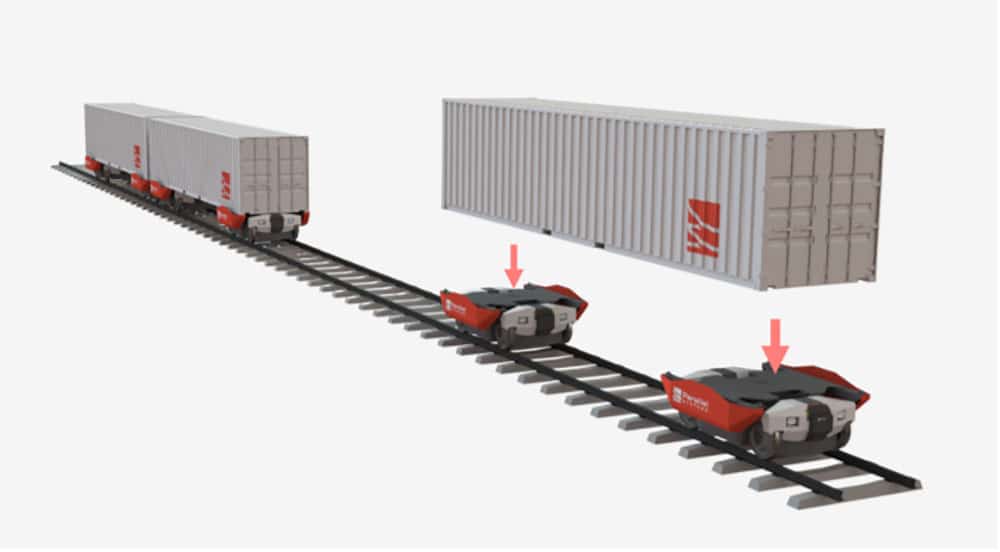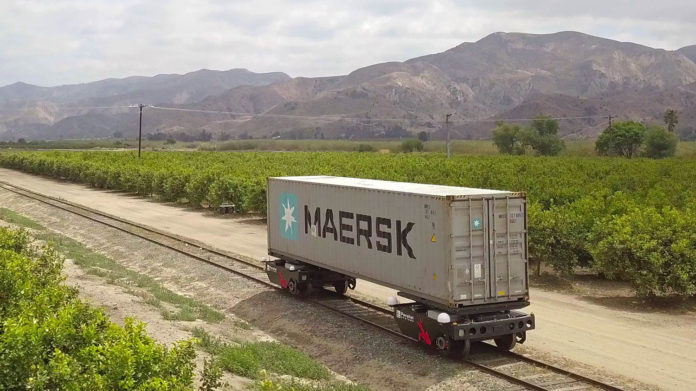Parallel Systems, a company founded by former SpaceX engineers to reimagine the railroad system, recently raised $49.55 million in Series A funds to build autonomous battery-electric rail vehicles that move freight. The funds will be used to build a fleet of rail vehicles, execute advanced testing programs and grow the team.
“We founded Parallel to allow railroads to open new markets, increase infrastructure utilization, and improve service to accelerate freight decarbonization,” said Matt Soule, Co-founder, and CEO, Parallel Systems. “Our business model is to give railroads the tools to convert some of the $700 billion U.S. trucking industry to rail. The Parallel system can also help alleviate the supply chain crisis by enabling low cost and regular movement of freight in and out of ports. Parallel’s competitive edge is our autonomous battery-electric rail vehicles, which are designed to move freight cleaner, faster, safer, and more cost-effectively than traditional trains or trucks.”
Parallel System’s patent-pending vehicle architecture combines innovative software and hardware with existing rail technology. The company’s setup would see shipping containers mounted onto individually-powered autonomous battery-electric rail vehicles – which can operate independently. The railcars can join together to form platoons or split off to multiple destinations while en route. This extra flexibility also means that operators can load and unload single railcars at a much faster pace than would be the case with an entire freight train.

The company says its vehicles use just 25% of the energy compared to a semi-truck and offer the lowest operational cost of any surface freight transportation mode. A double stack container-carrying Parallel System railcar will be able to carry up to 128,000 lbs (58,000 kg) in payload capacity, which is double the haul of the average semi-truck. Each railcar will have a range of up to 500 miles (800 km) per charge and a recharge time of under an hour.
The railcars, which leverage camera-based perception systems and redundant braking, can stop safely and autonomously up to 10 times quicker than a train. Autonomous vehicles feature advanced sensors that can rapidly detect any hazards on the track. According to the company, its zero-emission vehicles will dramatically reduce the freight industry’s carbon emissions.
Today, trucks are responsible for moving most of the nation’s freight by miles. Moving a portion of that freight volume to autonomous battery-electric rail will help alleviate highway congestion, improve road safety, reduce road wear and tear, provide shippers with more cost-effective transportation, and provide environmental health and safety benefits by reducing GHG trucking emissions.
